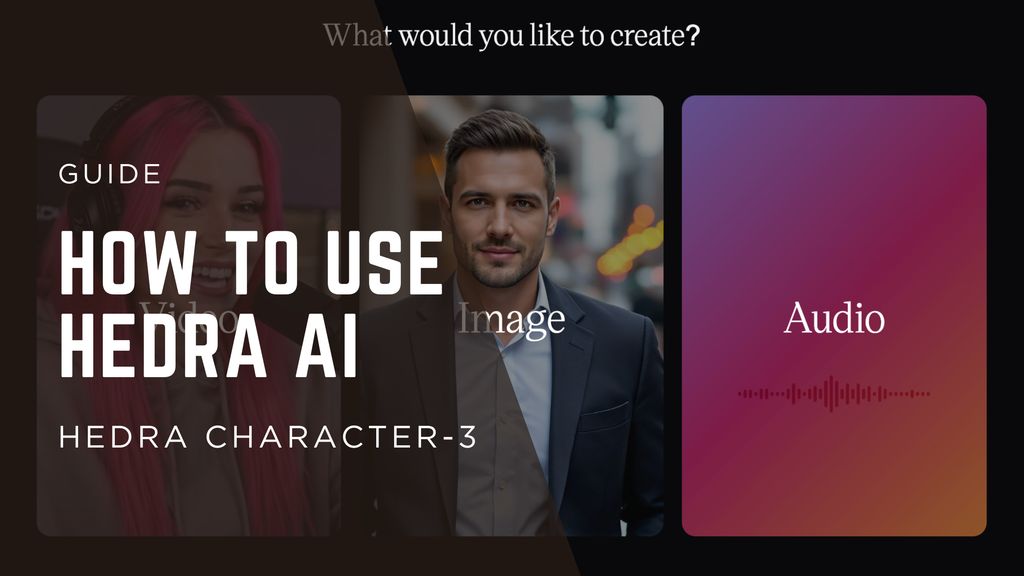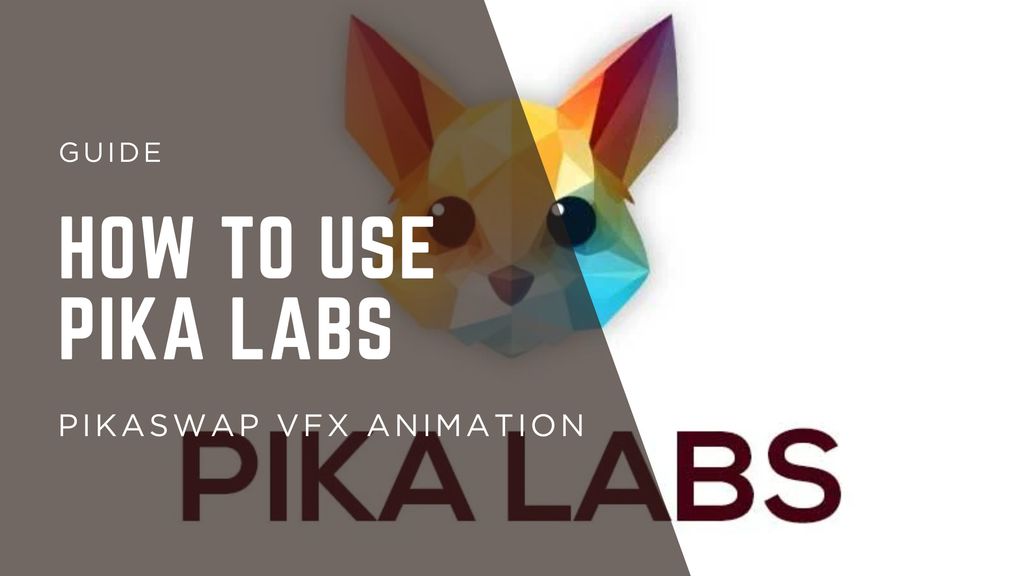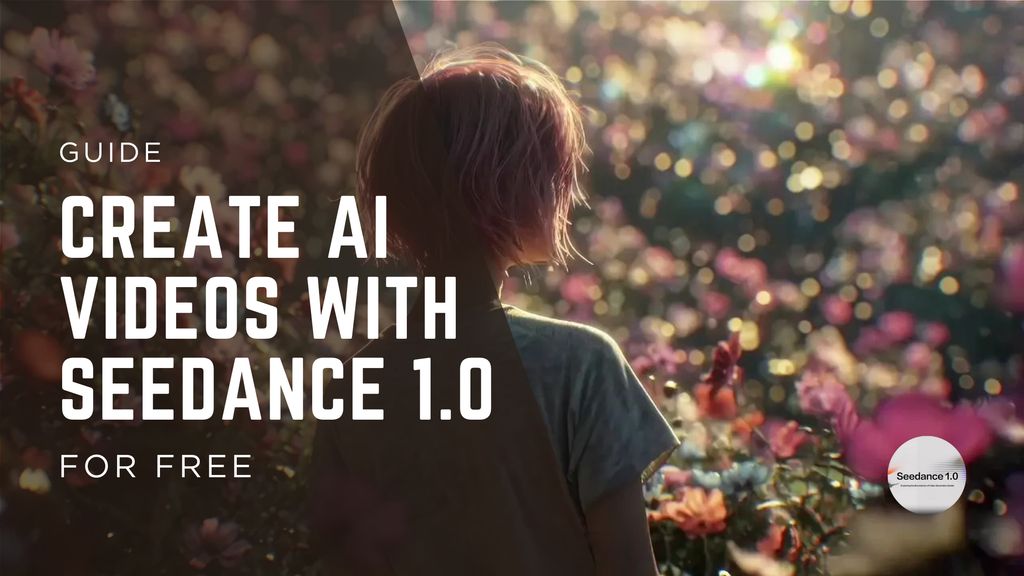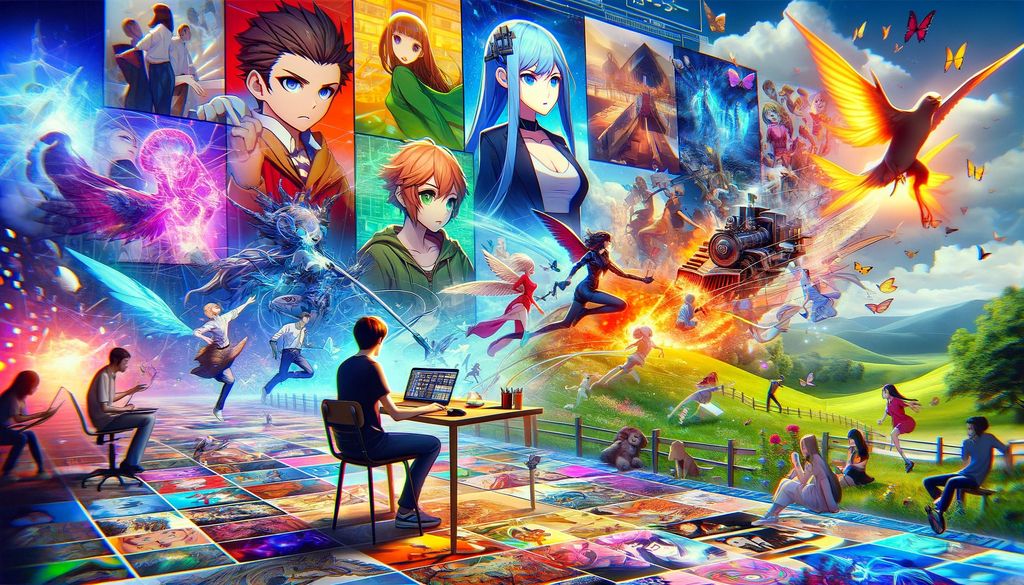What Is the Difference Between Veo 2 and Veo 3?

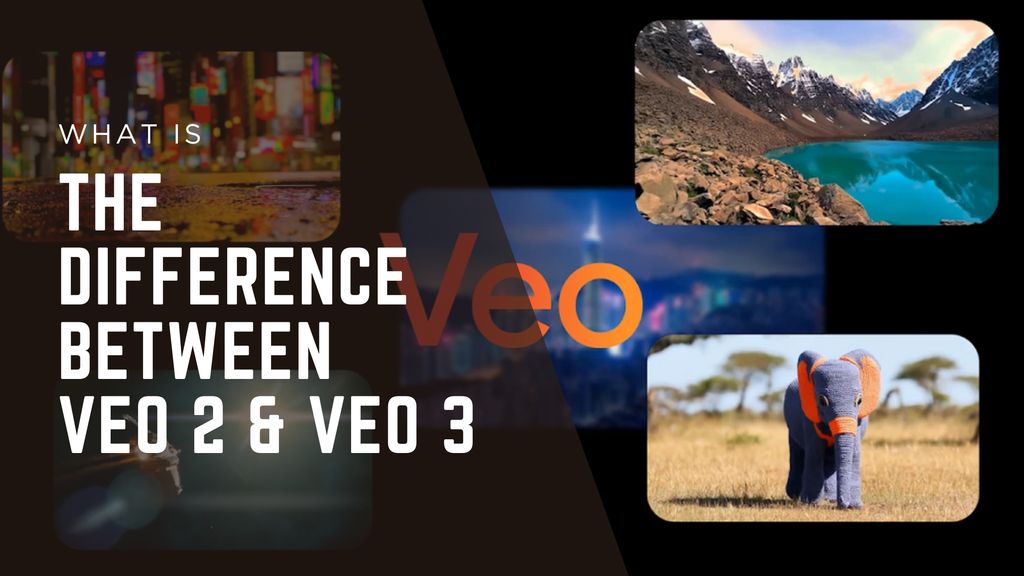
As Google's AI video generation heats up, creators are now asking: What’s actually new in Veo 3 compared to Veo 2?
Both tools come from Google DeepMind and power high-quality AI video generation. But the leap from Veo 2 to Veo 3 is more than just a minor version update. It’s a major jump in creative power, resolution, and user control.
This post breaks it all down - from technical improvements to creative benefits - so you can decide whether Veo 3 is worth switching to.
TL;DR - Key Differences Between Veo 2 and Veo 3
Feature | Veo 2 | Veo 3 |
|---|---|---|
Release Year | 2024 (early access) | 2025 (current beta) |
Resolution | Max 1080p | Up to 1080p native with better sharpness |
Video Length | ~4 seconds | Up to 10+ seconds |
Prompt Input | Text only | Text + Image + Video |
Motion Consistency | Basic | Advanced motion & scene coherence |
Cinematic Camera | No | Yes - dolly, pan, zoom, orbit, etc. |
Masked Editing | No | Yes |
Temporal Control | Very limited | Full keyframe & timing support |
Use Cases | Experimental/Conceptual | Production-ready shorts, ads, storytelling |
1. Prompting Power: Veo 3 Understands More Than Text
Veo 2 was limited to single-line prompts. You’d write something like “A neon city in the rain at night,” and the AI would do its best.
Veo 3 introduces multimodal prompting:
- Text: Describe your scene like before.
- Image: Upload reference visuals.
- Video: Use short clips to guide style, pacing, or motion.
This allows for more precise, stylistically consistent, and brand-controlled content.
.jpg)
2. Motion & Coherence: Better Flow, Less Glitch
One of the biggest knocks on Veo 2 (and most 2024 AI video tools) was motion jitter and broken continuity. A person walking might glitch between frames. Scene cuts were abrupt.
Veo 3 solves this with:
- Improved temporal coherence (objects stay consistent frame to frame)
- Smoother motion dynamics (walking, running, flying, etc.)
- More natural transitions between shots or camera angles
It’s not just about higher frame rates. It’s about storytelling flow.
.jpg)
3. Cinematic Camera Movements
Veo 3 gives you cinematic control, meaning you can program motion paths like:
- Orbit around a character
- Pull-in zoom toward an object
- Flyover landscape shots
This is the kind of stuff you’d normally do in After Effects or Blender. Veo 3 bakes it into the prompt-level experience.
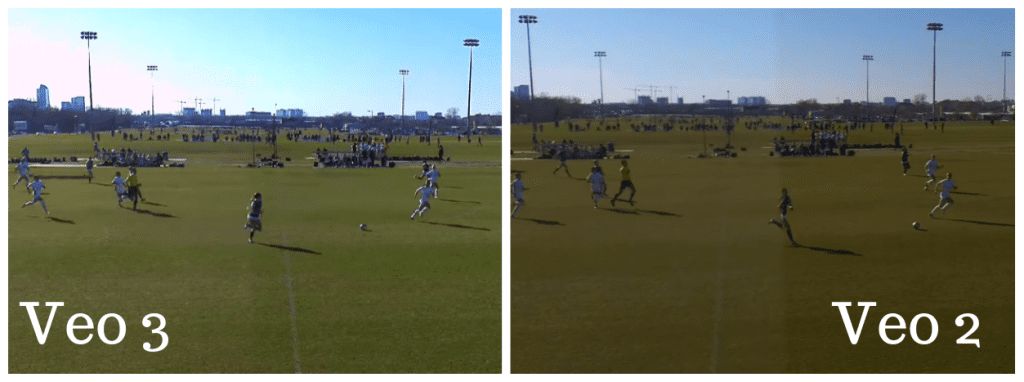
4. Masked Edits: AI-Powered Scene Changes
One of the most powerful new features: masking and inpainting.
With Veo 3, you can:
- Select part of a video
- Replace, change, or regenerate just that section
Think of it like Photoshop for video. Want to change a character’s outfit mid-shot? Done. Swap in a new product in a demo? Easy.
This opens up a whole new world of use cases: e-commerce, ads, game trailers, and storytelling.
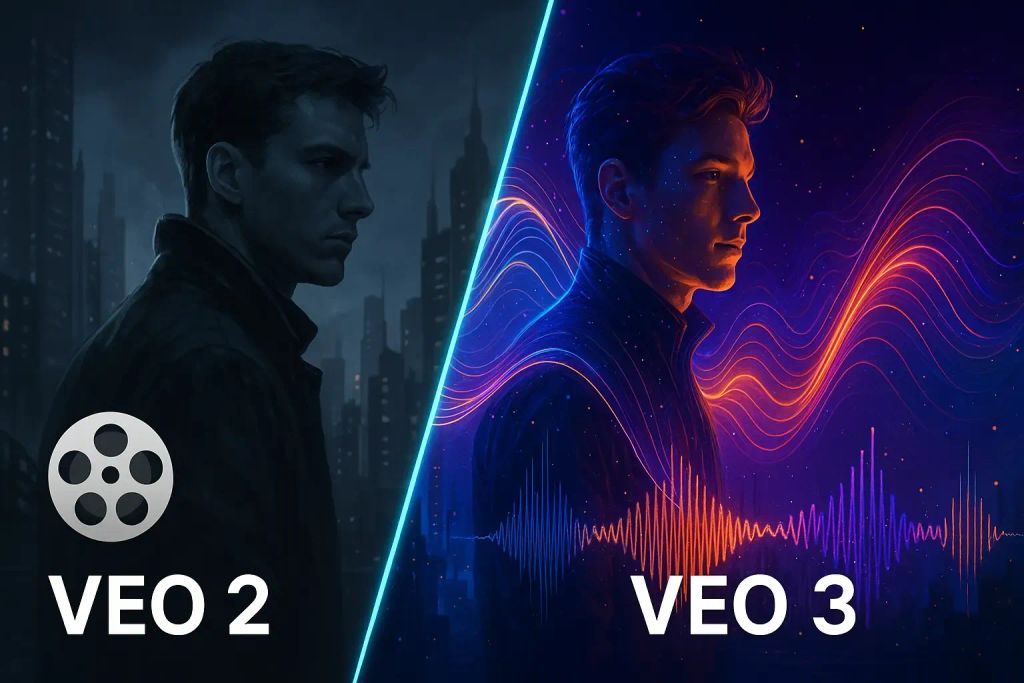
5. Resolution & Runtime
Veo 2 maxed out at 4-second clips at 1080p.
Veo 3 supports:
- Clips over 10 seconds
- Up to 1080p native resolution (with sharper details and fewer artifacts)
While it still doesn’t support full 4K exports yet, the improvement in clarity and length is significant enough to consider Veo 3 for short-form production.
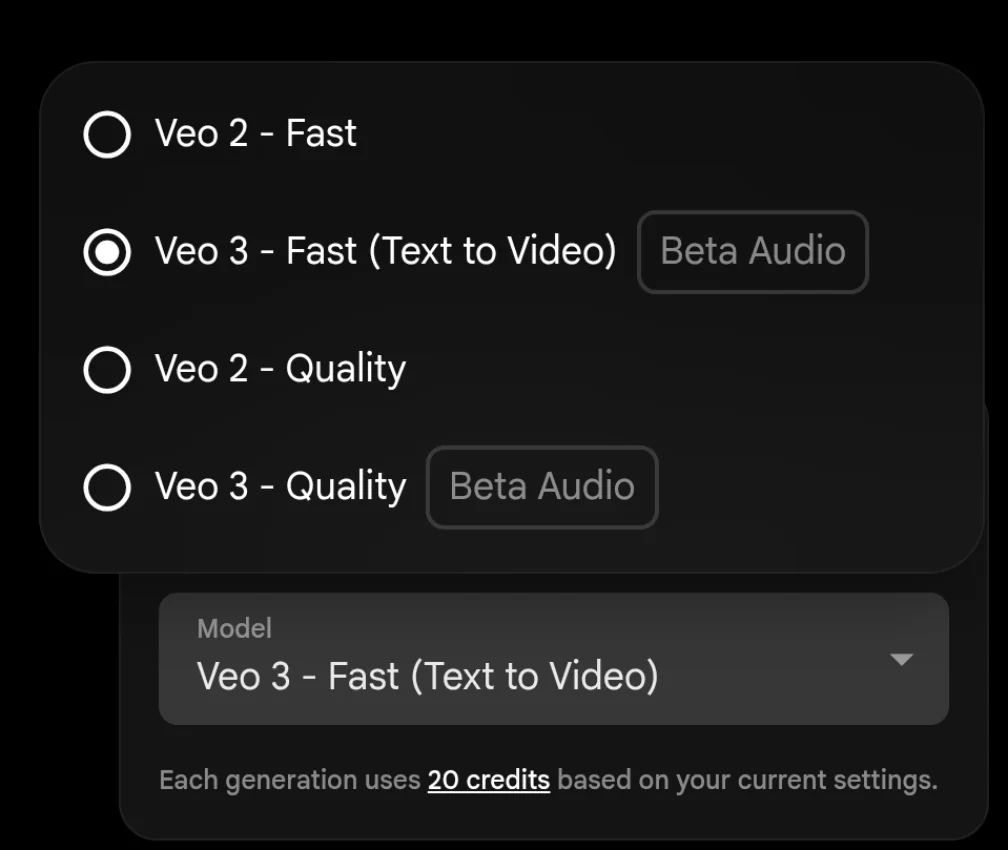
6. Real-World Use Cases
Veo 2 was best for:
- Experimental visual concepts
- Generating AI loops or GIFs
- Prompt testing and ideation
Veo 3 is now usable for:
- TikTok/YouTube Shorts content
- Marketing videos
- Story-driven scenes (with multiple camera angles)
- Product and demo videos
So, Should You Use Veo 3?
If you want to go beyond static art or 4-second loops, yes.
Veo 3 is one of the most advanced and creator-friendly AI video models of 2025. It unlocks longer clips, smoother motion, more creative control, and multimodal input - all without needing post-editing skills.
It’s still in limited release, but platforms like Veo3.art and Prompt.Play are starting to offer access.

.jpg)
